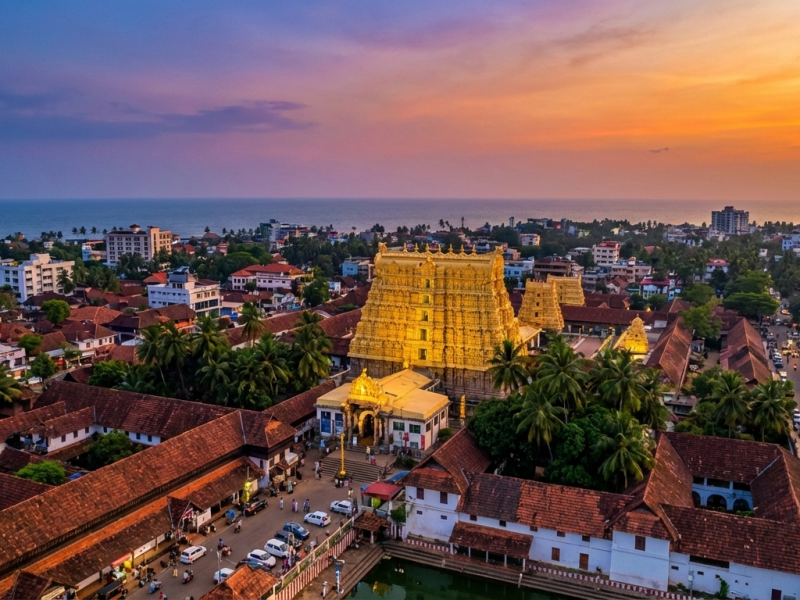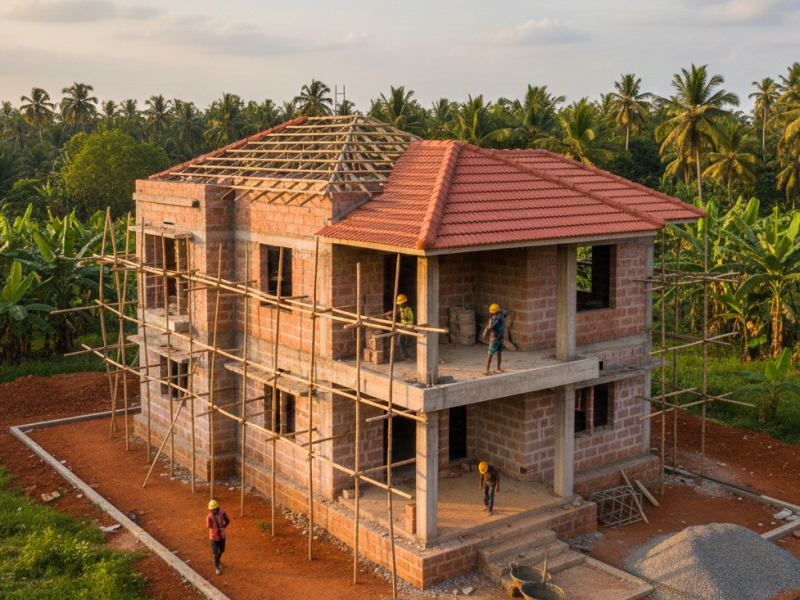When Building a House, Some Financial Considerations are Needed

Now is the time when all
circumstances are favourable to make a dream home. The fear of taxes has
diminished, and the unnecessary barriers to investment have been removed,
making it motivating for everyone to buy land and build houses. There is a lot
of focus on reducing the interest rates of home loans and the size of monthly instalments,
but there is a lack of attention to thinking and acting on other important
economic aspects of house construction. Do not overlook the crucial economic
factors that cannot be ignored in home construction.
Houses need a long lifespan: For a very long-term investment, it is necessary to take care of the money spent on the house. The main attractions of this investments are the income from this investment, capital increment, other benefits will also last. The lifespan of a house is generally considered to be hundred years. The first ten years of a house's lifespan are usually seen as the strengthening phase, after which the property begins to deteriorate. However, the lifespan of most houses and flats being built today has been reduced to around fifty years or even less. As an economic investment, the capital growth rate of the money invested can be seen to double for every ten years beyond fifty years. The design of the houses, the characteristics of the location as well as the quality of the materials used and the construction process all contribute to the longevity of the house. Houses built under the supervision of expert architects and engineers will last longer.
Labour costs must be reduced: More than 40 percent of the construction cost is the wages that need to be paid to skilled and unskilled workers. In places where loading and unloading occurs, this will further increase. Using prefabricated technology, which is built in advance, not only increases the lifespan of houses made with bricks, cement, and other materials, but also significantly reduces labour costs. During construction, dust, noise, and the potential for environmental pollution will also decrease. Even with traditional construction methods, if more machines are used, time and labour can be saved.
Material costs are important: The price of iron rods used in building construction, has decreased by more than 10 percent over the past two years. Since the cost of cement in traditional building methods has been above an average of 18 percent, a slight reduction in cement prices will also lower construction costs. There is a growing public opinion to reduce the GST on cement, which is currently at 28 percent, as it is considered an essential product for housing construction. The waterproof cement and other materials used will not only increase the lifespan of buildings but also reduce maintenance costs.
Do you want a house or a flat?
The price of land necessary for building houses in Kerala has been rising continuously. For those who need to buy land to build houses, buying budget flats with additional amenities will reduce financial burden. Utilizing prefabricated technology in concrete frames reinforced with iron rods for construction, a method resilient to natural calamities, will likely increase demand for multi-storey flat complexes while also reducing costs. The possibility of changing interior design as per the new trend is easy to adopt in flats with low cost.
Long-term Insurance: Home insurance policies offering coverage for a duration exceeding ten years protect against natural disasters such as earthquakes, floods, landslide, cyclones, as well as fire. Considering the specifics and needs of each region in case of loss, policies should be in a way that helps to rebuild new houses and receive compensation or coverage amount.




